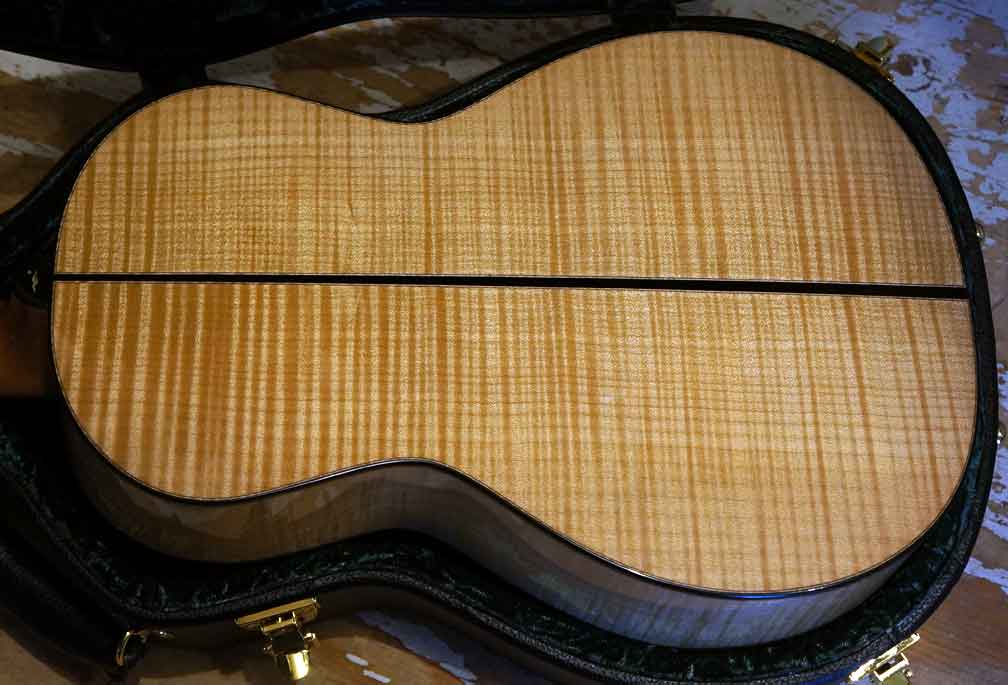Paul Henneberry
Well-known member
Howdee,
I'm thinking of importing a few Koa soprano sets from Hawaii and a couple of curling maple blanks from Continental USA into Australia.
How does this work with Australian customs and quarantine and am I going to have problems importing unfinished timber?
My idea is to break up a wide curly maple blank to make the neck, sides and back of one instrument for continuity of colour. I've never worked with maple before so should I be buying soft or hard maple for this project?
cheers
Paul
I'm thinking of importing a few Koa soprano sets from Hawaii and a couple of curling maple blanks from Continental USA into Australia.
How does this work with Australian customs and quarantine and am I going to have problems importing unfinished timber?
My idea is to break up a wide curly maple blank to make the neck, sides and back of one instrument for continuity of colour. I've never worked with maple before so should I be buying soft or hard maple for this project?
cheers
Paul

